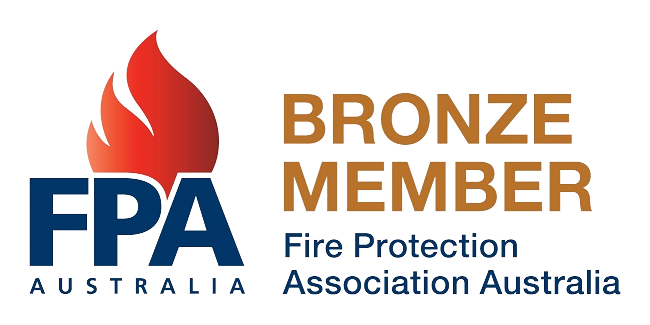Enhancing Fire Safety: A Guide to Portable Fire Protection Equipment
By learning more about portable fire protection tools, people and businesses can make their environments safer for everyone by making them more resistant to fire. Communities that use these tools are better able to reduce risks and improve general fire and safety in Australia.
Types of Portable Fire Protection Equipment
There are different kinds of fire extinguishers, such as water, foam, dry chemical, CO2, and clean agent extinguishers. They are probably the most well-known type of portable fire safety services tools. Each type can put out a different kind of fire, like Class A fires (combustibles), Class B fires (flammable liquids), Class C fires (electricity fires), and Class K fires (kitchen fires).
Applications of Portable Fire Protection Equipment
It is important to have portable fire safety equipment gear to keep homes safe from fires. In homes, fire extinguishers, smoke alarms, and fire blankets are widespread. These items give owners peace of mind and a way to get help quickly in an emergency.
Best Practices for Setting Up and Upkeep
Regular Inspections: Make sure that portable fire safety equipment is in good working order by inspecting it regularly. During inspections, pressure gauges, hoses and nozzles should be looked at for damage, and extinguisher expiry dates should be checked.
Regular Maintenance: Service and maintenance of portable fire safety victoria equipment should be scheduled on a regular basis, as suggested by the maker. This could mean adding more water to fire extinguishers, checking sprinkler systems, and changing the batteries in smoke alarms.
Conclusion
Portable fire safety gear is essential for lowering the chance of fire in a wide range of settings. To be better prepared for and able to handle fire situations, it’s important to know the different kinds of equipment that are out there and to follow best practices for using and maintaining it. Regular inspections, the right training, and making sure that equipment is easy to get to are all important parts of fire safety measures that work. Having the right tools and knowledge gives people and groups the power to react quickly and effectively to a fire, whether it’s hand-held extinguishers, mobile firefighting units, or specialised gear for certain environments. Preventative steps, like holding fire drills, making evacuation plans, and buying good tools, can greatly lower the damage and loss of life caused by fires.




